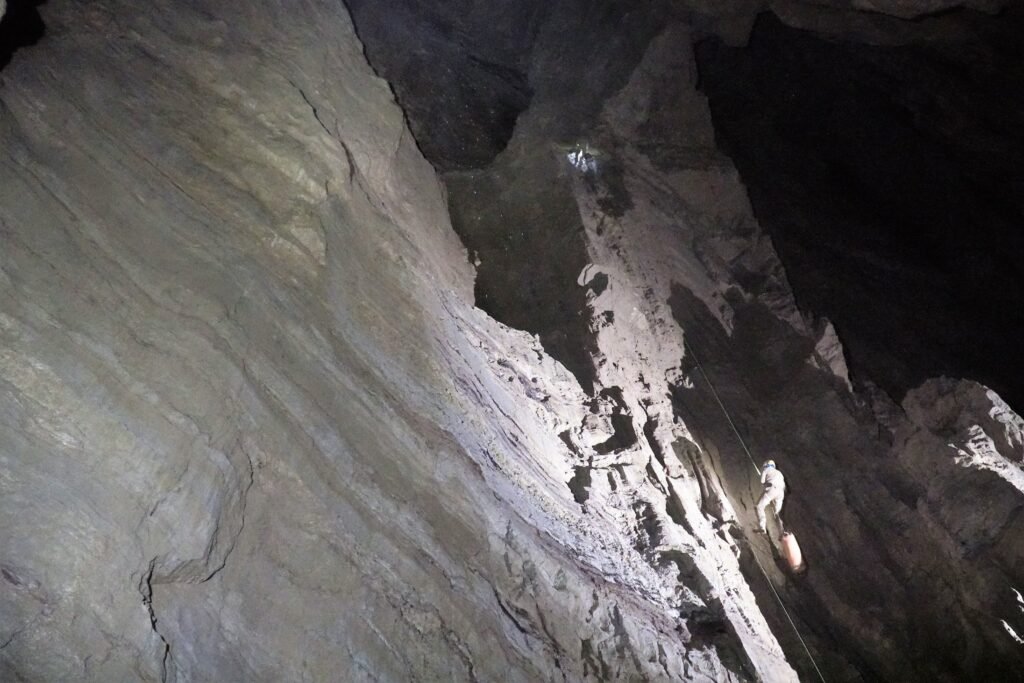Deep beneath the rugged mountains of Georgia lies a chasm so profound that it could swallow the Empire State Building whole and still have room for more. Veryovkina Cave plunges an astounding 2,212 meters below the earth’s surface, earning its place as the deepest known cave on our planet. But this underground titan isn’t just remarkable for its depth—it’s a death trap wrapped in geological wonder. Every year, only the most experienced cavers dare to venture into its depths, and even they know that one wrong move could mean never seeing daylight again. The cave’s beauty is matched only by its brutality, creating a paradox that has both fascinated and terrified explorers for decades.
The Abyssal Giant That Redefined Underground Exploration
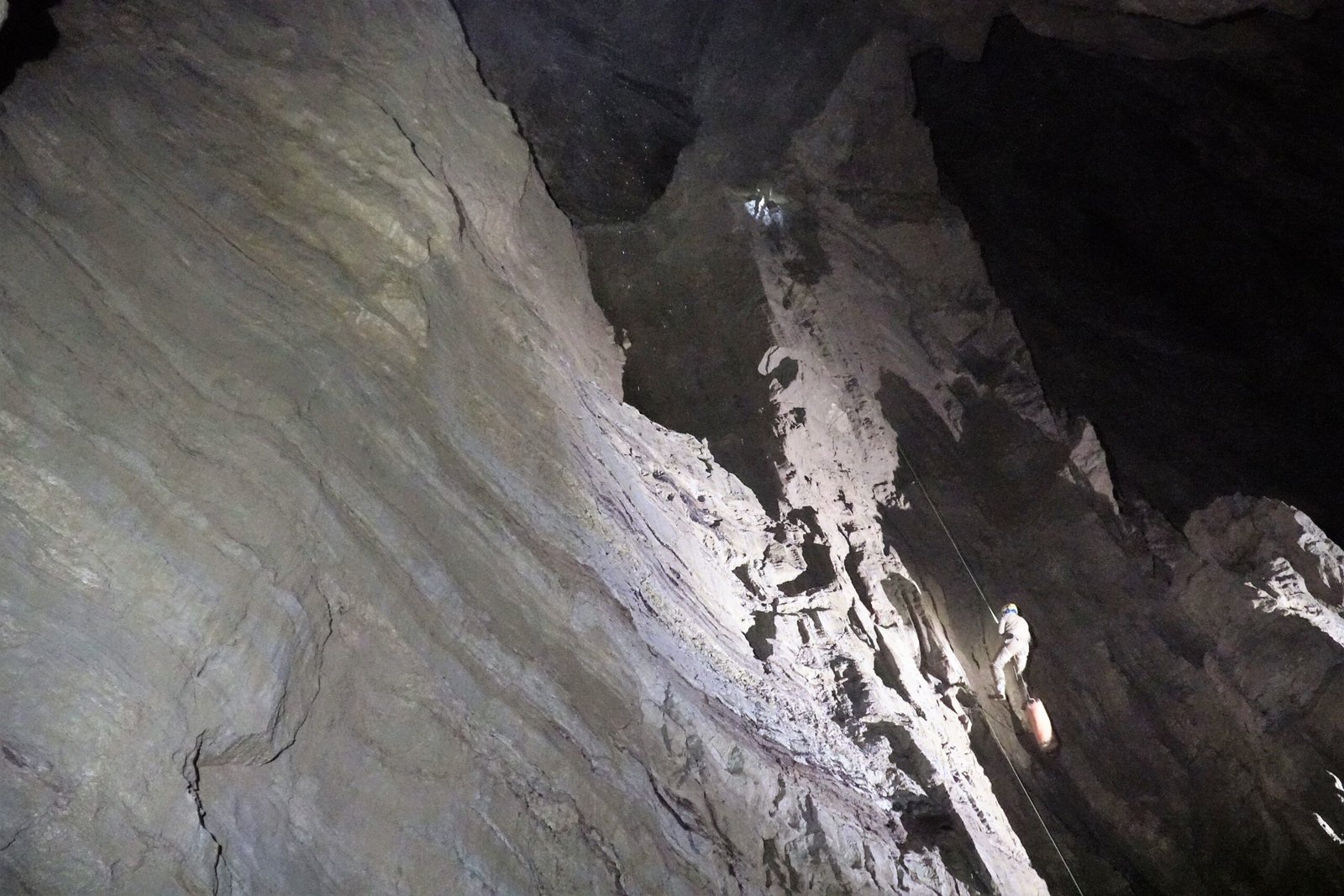
Veryovkina Cave stretches deeper into the earth than any other known cave system, reaching depths that make most people dizzy just thinking about them. Located in the Arabika Massif of Georgia’s Gagra Range, this underground monster was first discovered in 1968, but its true depth wasn’t fully mapped until recent decades. The cave’s current recorded depth of 2,212 meters means you could drop the Burj Khalifa into it and still have over 1,300 meters of empty space remaining. What makes this measurement even more staggering is that researchers believe they haven’t reached the bottom yet, suggesting this geological giant could plunge even deeper into the earth’s crust.
Why Depth Equals Death in Underground Systems
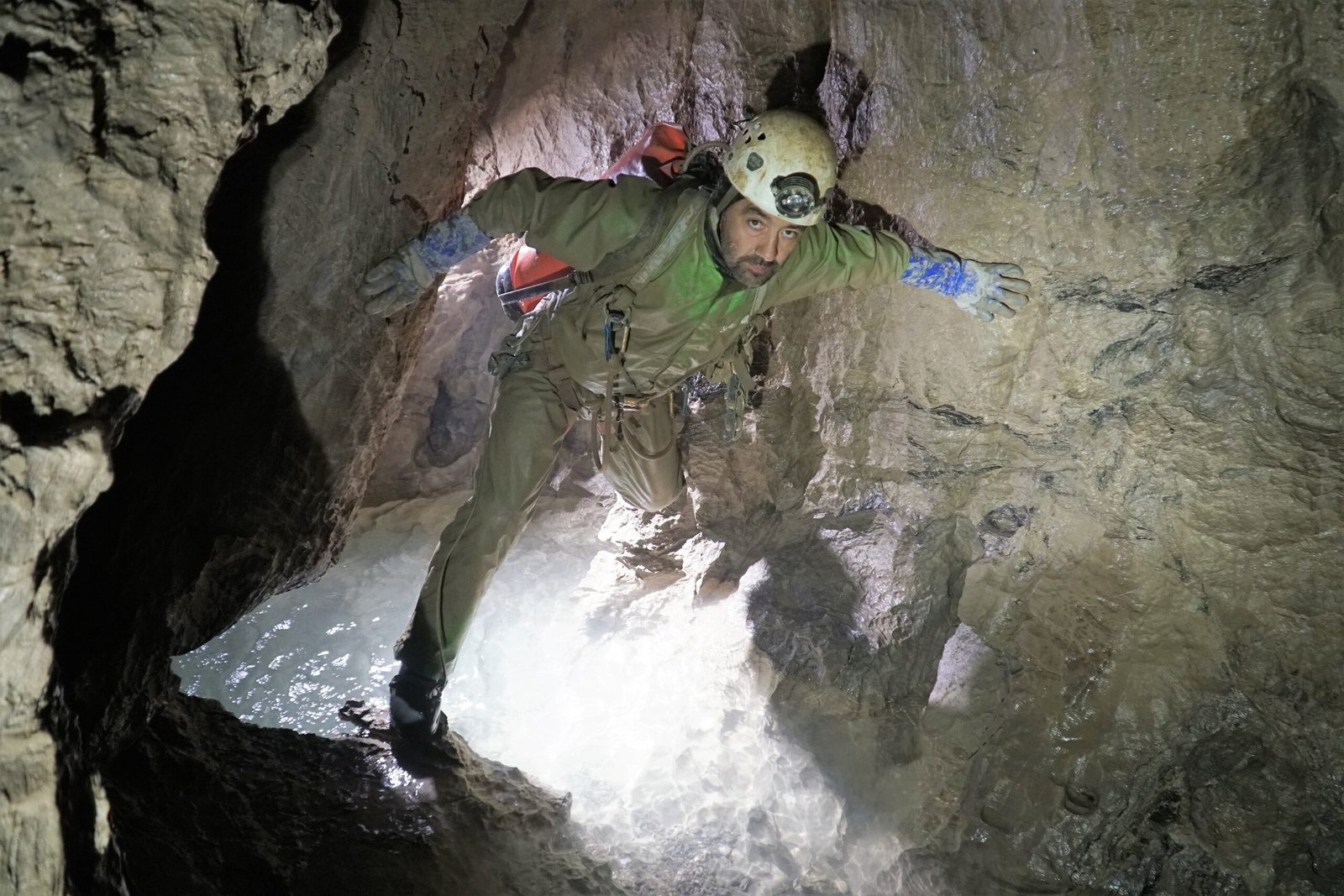
The deeper you go into any cave system, the more hostile the environment becomes, but Veryovkina takes this principle to deadly extremes. At such profound depths, the rock pressure becomes so intense that cave-ins can occur without warning, crushing everything in their path. The weight of nearly two kilometers of rock above creates an environment where even the smallest structural weakness can trigger catastrophic collapses. Temperature variations between different levels of the cave create thermal stress that constantly shifts and cracks the limestone walls. This means that passages that were safe yesterday might become death traps today, making every expedition a gamble with geological Russian roulette.
The Oxygen Trap That Silently Kills
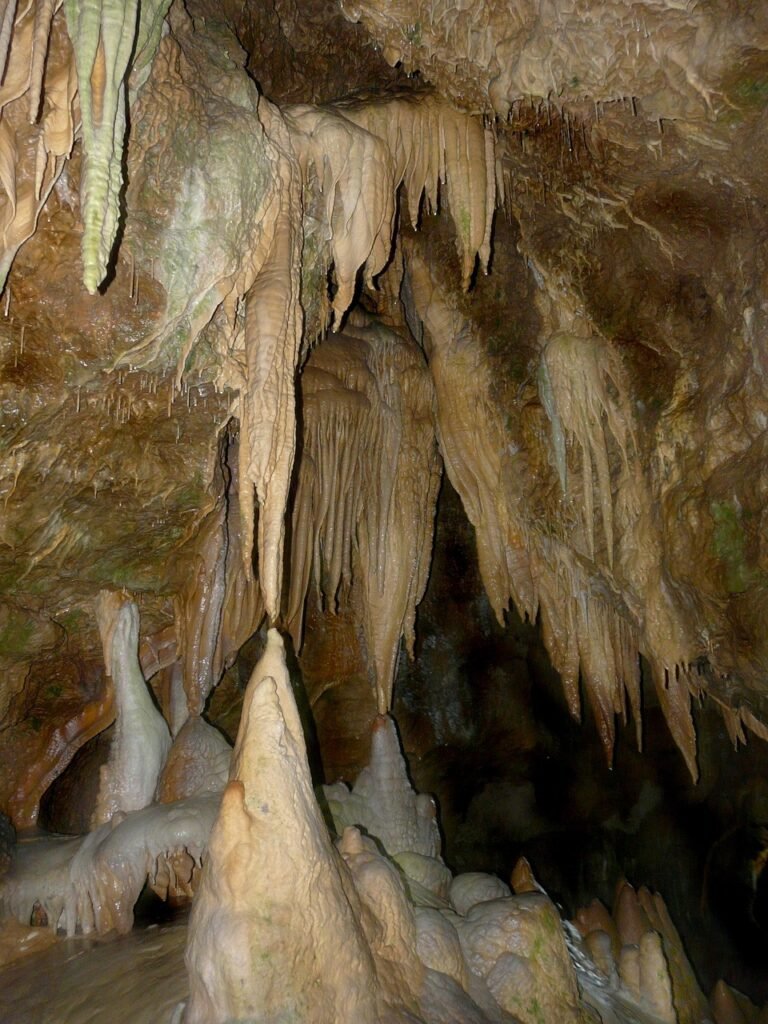
One of Veryovkina’s most insidious dangers lies in something you can’t see, smell, or immediately detect—the gradual depletion of oxygen as you descend. Unlike mountain climbing where altitude sickness gives clear warning signs, cave oxygen depletion can sneak up on explorers until it’s too late to react. The deeper sections of Veryovkina often contain pockets of carbon dioxide and other gases that displace breathable air, creating invisible death zones. Cavers have reported suddenly feeling dizzy or confused in certain areas, only to realize later that they were breathing a potentially lethal mixture of gases. The cave’s complex air circulation patterns mean that oxygen levels can change rapidly and unpredictably, turning a safe passage into a suffocating nightmare within minutes.
When Water Becomes Your Worst Enemy

Water might seem like a minor concern in cave exploration, but in Veryovkina, it transforms into one of the deadliest hazards imaginable. The cave system contains numerous underground rivers, sumps, and flooded passages that can trap explorers with no warning. Heavy rainfall on the surface can cause water levels deep within the cave to rise rapidly, turning dry passages into raging torrents within hours. Many sections require technical diving through water-filled chambers where a single equipment malfunction means certain death. The water temperature hovers just above freezing, which means hypothermia can set in quickly if someone falls in or gets soaked during the lengthy journey back to the surface.
The Psychological Horror of Perpetual Darkness
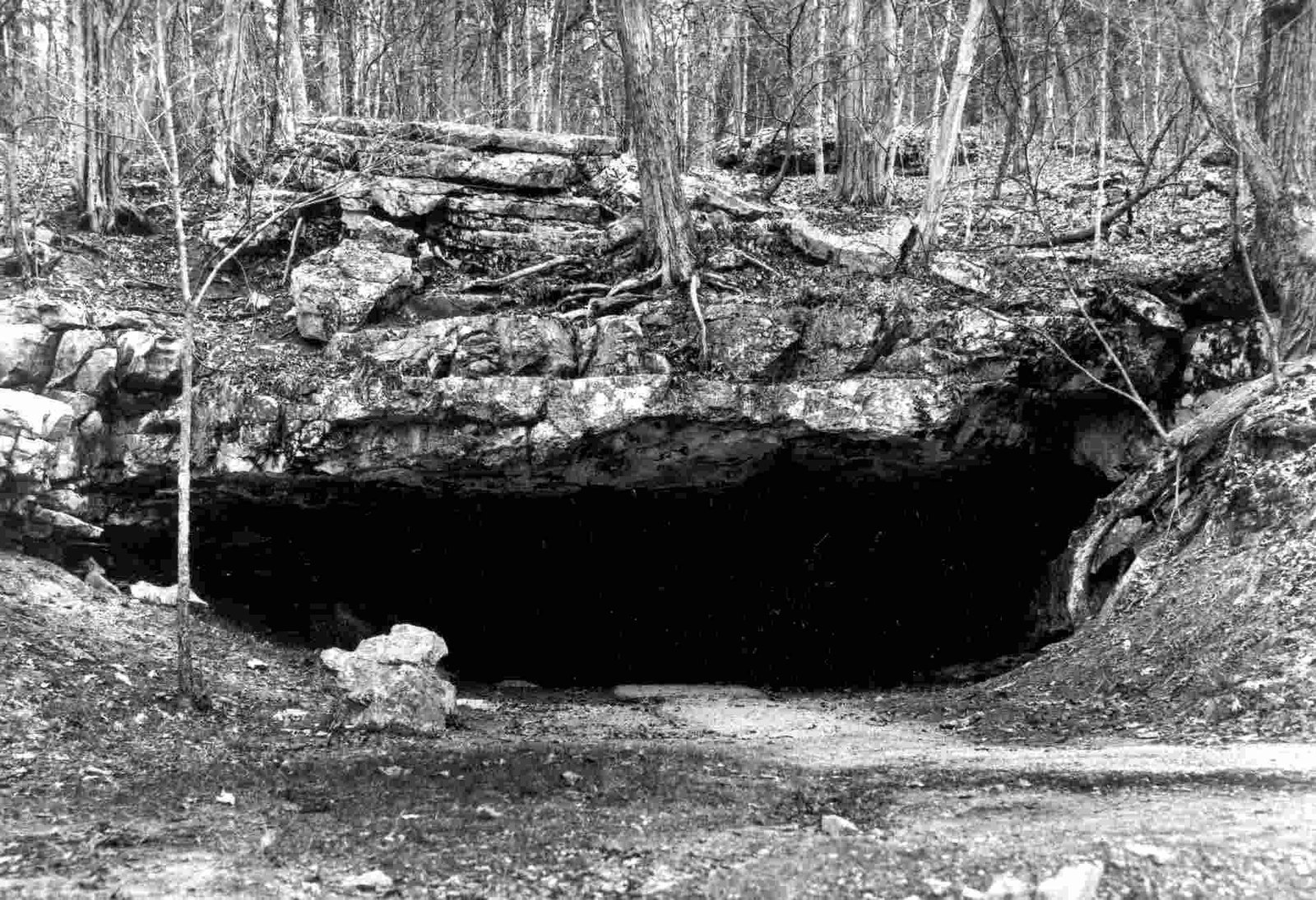
Imagine being surrounded by absolute darkness for days or weeks, knowing that you’re further from natural light than most people will ever venture in their entire lives. Veryovkina’s extreme depth means that expeditions often last for weeks, with explorers spending extended periods in complete darkness broken only by their artificial lights. The psychological pressure of being so far underground, combined with the knowledge that rescue would be nearly impossible, has driven even experienced cavers to panic attacks and claustrophobic episodes. The cave’s maze-like structure means that losing your way could result in wandering in circles until your lights fail and you’re left in permanent darkness. Some explorers report experiencing hallucinations and disorientation after spending too much time in the cave’s deepest sections.
Equipment Failure at Impossible Depths

When your life depends entirely on artificial lighting, breathing apparatus, and climbing gear, equipment failure becomes a death sentence rather than an inconvenience. At Veryovkina’s extreme depths, the harsh environment takes a brutal toll on even the most robust equipment, causing premature failures that can strand explorers thousands of meters underground. The combination of moisture, temperature fluctuations, and physical stress means that ropes can snap, lights can fail, and breathing equipment can malfunction at the worst possible moments. Redundancy becomes crucial, but carrying multiple backup systems for every piece of equipment adds weight and complexity that can make the already challenging ascent even more dangerous. The cave’s depth means that even minor equipment problems can quickly escalate into life-threatening emergencies with no possibility of quick rescue or evacuation.
The Impossible Rescue Scenario

If something goes wrong in Veryovkina, rescue becomes a nearly impossible proposition that could take weeks or months to execute. The cave’s extreme depth means that even reaching an injured explorer could take rescue teams several days, and that’s assuming they can navigate the treacherous passages without becoming victims themselves. Traditional cave rescue techniques become useless at such depths, where the sheer distance from the surface makes evacuation a monumental logistical challenge. Any rescue operation would require dozens of specialized personnel, massive amounts of equipment, and perfect weather conditions—factors that rarely align when someone’s life hangs in the balance. The harsh reality is that anyone venturing into Veryovkina’s deepest sections must accept that they’re essentially on their own if disaster strikes.
Rockfall: When the Ceiling Becomes a Weapon

The constant geological processes occurring within Veryovkina create an environment where rockfall represents a persistent and unpredictable threat to human life. Freeze-thaw cycles, water erosion, and tectonic pressure constantly weaken the cave’s limestone structure, creating loose rocks that can fall without warning. These falling stones aren’t just pebbles—they can be massive boulders weighing hundreds of pounds that gain tremendous velocity during their lengthy fall from upper chambers. The cave’s complex vertical structure means that rocks can bounce and ricochet off walls, creating deadly projectiles that change direction unpredictably. Many experienced cavers consider rockfall to be the single greatest threat in deep cave systems, as there’s often no warning and nowhere to hide when thousands of pounds of stone come crashing down.
Temperature Extremes That Kill Slowly
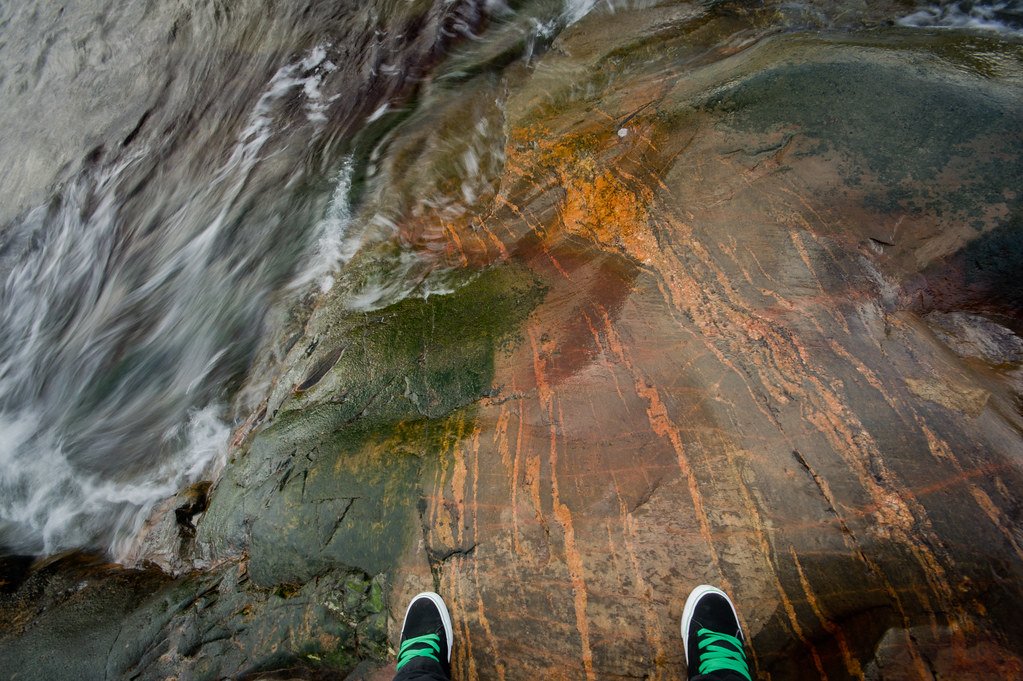
While not as immediately deadly as some other hazards, Veryovkina’s temperature variations create a slow-burning threat that can prove fatal over the extended time periods required for deep exploration. The cave maintains a constant temperature near freezing point, which might not sound extreme until you consider spending weeks in such conditions. Hypothermia becomes a constant threat, especially when combined with the moisture from underground water sources and the physical exhaustion of navigating challenging terrain. The human body loses heat much faster in the cave’s humid, cold environment, and maintaining core body temperature becomes increasingly difficult as expeditions stretch on. Without proper thermal protection and the ability to stay dry, explorers can find their judgment impaired and reaction times slowed—deadly consequences when split-second decisions mean the difference between life and death.
Navigation Nightmares in the Underground Maze

Getting lost in Veryovkina isn’t just an inconvenience—it’s a death sentence that plays out slowly as your supplies dwindle and your lights fail. The cave system contains hundreds of passages, chambers, and potential wrong turns that can lead explorers away from known safe routes into unmapped territory. Traditional navigation methods become nearly useless in the cave’s three-dimensional maze, where passages can loop back on themselves and familiar landmarks look identical in artificial light. GPS systems are completely useless underground, leaving explorers dependent on careful route marking and dead reckoning to find their way back to the surface. The psychological pressure of being lost combined with the knowledge that search teams might never find you creates a spiral of panic that has led to poor decision-making and further disorientation. Even experienced cavers have reported spending hours or days retracing their steps after taking what seemed like an obvious wrong turn.
The Deadly Chemistry of Underground Air

Veryovkina’s air composition creates invisible hazards that can kill without warning, making atmospheric monitoring a critical survival skill. Carbon dioxide accumulation in lower chambers can reach lethal concentrations, especially in areas with poor air circulation where the heavier gas settles and displaces oxygen. Hydrogen sulfide, produced by bacterial decomposition of organic matter, can create toxic pockets that cause immediate unconsciousness and death. The cave’s complex ventilation patterns mean that air quality can change rapidly as weather conditions on the surface affect underground air flow. Some explorers carry gas detectors, but equipment failure or human error in monitoring can lead to exposure to lethal atmospheric conditions. The insidious nature of gas poisoning means that victims often don’t realize they’re in danger until it’s too late to escape to safer air.
Physical Exhaustion at Crushing Depths

The physical demands of exploring Veryovkina push human endurance beyond normal limits, creating dangerous situations where exhaustion can quickly become life-threatening. Carrying heavy equipment while rappelling, climbing, and crawling through tight spaces for days or weeks takes an enormous toll on even the fittest explorers. The cave’s extreme depth means that every movement must be calculated and precise, as there’s no room for error when fatigue affects judgment and coordination. Dehydration and caloric depletion become serious concerns during extended expeditions, especially when water sources are unreliable and carrying extra food adds dangerous weight to already overloaded packs. Sleep deprivation compounds these problems, as the cave’s environment makes quality rest nearly impossible and the psychological stress of being so far underground disrupts normal sleep patterns.
Communication Blackouts That Isolate Explorers

Once you descend beyond the first few hundred meters of Veryovkina, you enter a communication dead zone where contact with the outside world becomes impossible. Traditional radio communication fails completely due to the cave’s depth and the radio-blocking properties of solid rock, leaving explorers completely isolated from potential rescue coordination. Emergency beacons and satellite communication devices become useless paperweights once you’re deep enough underground, creating a situation where calling for help is literally impossible. The psychological impact of complete communication isolation can’t be understated—knowing that the outside world has no way of knowing your status or location adds tremendous stress to an already dangerous situation. This isolation also means that surface support teams have no way of knowing if an expedition is proceeding safely or if disaster has struck, often leading to delayed rescue attempts when every hour counts.
Hypothermia: The Silent Killer Underground

The constant near-freezing temperatures in Veryovkina create perfect conditions for hypothermia, a condition that kills more cavers than dramatic accidents like rockfalls or drowning. The cave’s high humidity means that staying dry becomes nearly impossible during extended expeditions, and wet clothing in cold temperatures creates a deadly combination. Early stages of hypothermia can impair judgment and decision-making abilities, leading to poor choices that compound the danger rather than reducing it. The condition develops slowly and insidiously, often going unrecognized until it reaches life-threatening stages where the victim can no longer generate enough body heat to survive. Treatment options are extremely limited in the cave environment, where building fires is impossible and emergency warming techniques require resources that most expeditions can’t carry at such depths.
Structural Instability in Ancient Limestone

Veryovkina’s limestone walls and passages represent millions of years of geological history, but this ancient rock is far from stable in its current configuration. Constant water erosion continues to weaken structural supports throughout the cave system, creating hidden weak points that can fail catastrophically under stress. The limestone’s natural tendency to develop fractures and joints creates potential failure points where entire sections of ceiling or wall can collapse without warning. Acidic groundwater continues to dissolve the rock matrix, gradually undermining the structural integrity of passages that might have been safe for decades. The cave’s extreme depth means that any structural failure occurs with tremendous force, as falling debris gains massive kinetic energy during its lengthy descent through the cave system.
Equipment Contamination and Failure

The harsh chemical environment within Veryovkina can cause critical equipment failure through contamination and corrosion that standard gear simply isn’t designed to handle. Acidic water and mineral deposits can corrode metal components, weakening climbing hardware and causing premature failure of ropes and cables. Electronic equipment like lights, communication devices, and navigation tools can fail due to moisture infiltration and chemical exposure that occurs over extended underground expeditions. The cave’s environment can also contaminate breathing apparatus and water purification systems, potentially creating secondary health hazards that compound the primary dangers of cave exploration. Backup equipment stored for emergency use can become compromised over time, leaving explorers with false confidence in safety systems that may fail when needed most.
The Psychological Breaking Point

Perhaps the most underestimated danger in Veryovkina is the psychological toll that extreme cave exploration takes on the human mind, creating conditions where mental breakdown can quickly become fatal. The combination of darkness, isolation, physical exhaustion, and constant danger creates psychological pressure that can overwhelm even experienced explorers. Claustrophobia can develop suddenly and without warning, even in people who have never experienced it before, triggered by the oppressive weight of rock overhead and the narrow confines of many passages. The knowledge that you’re further from the surface than most humans will ever venture creates an existential dread that can paralyze decision-making abilities. Panic attacks in such an environment can quickly escalate into life-threatening situations where poor judgment leads to fatal mistakes, making psychological preparation and mental health monitoring crucial aspects of deep cave exploration.
When Nature’s Beauty Becomes Nature’s Trap
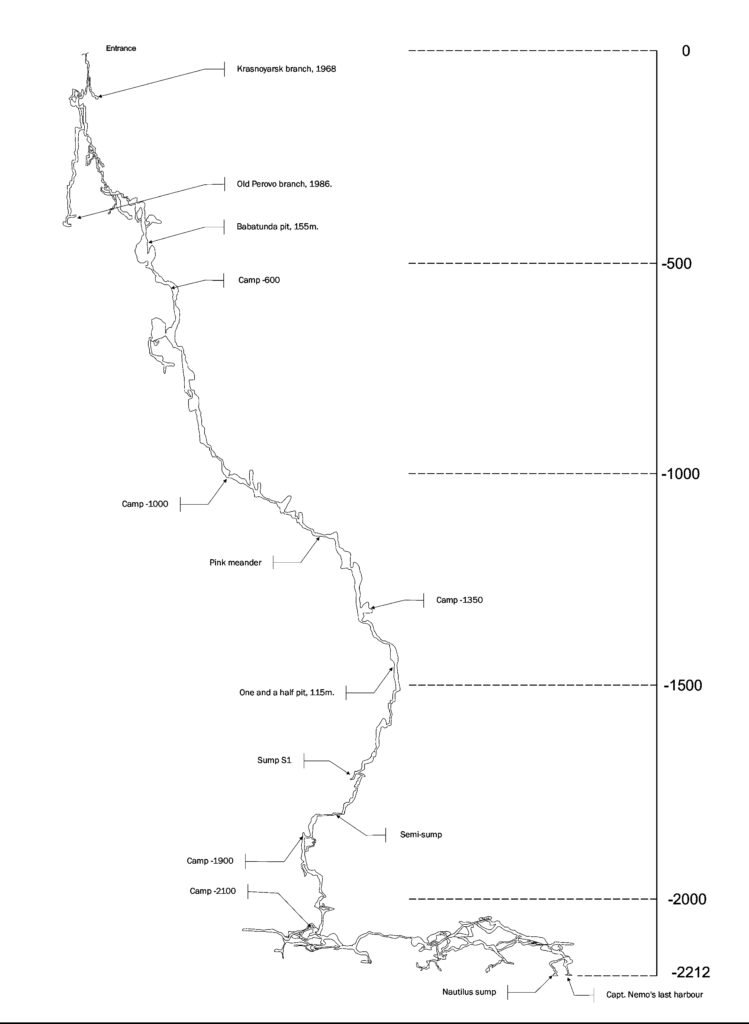
Veryovkina Cave represents the ultimate paradox of natural exploration—a place of breathtaking geological wonder that simultaneously serves as one of Earth’s most efficient killing machines. The same forces that created its stunning formations and record-breaking depths also make it a hostile environment where human survival becomes a constant battle against overwhelming odds. Every aspect of the cave that makes it scientifically fascinating also contributes to its deadly nature, from the water that carved its passages to the limestone that forms its walls. The cave stands as a humbling reminder that some of nature’s most beautiful creations are also its most dangerous, demanding the ultimate respect from those brave enough to explore its depths. For those who venture into Veryovkina’s abyss, the question isn’t whether they’ll encounter danger—it’s whether they’ll survive it long enough to tell the tale.
What drives someone to risk everything for a glimpse into Earth’s deepest secrets, knowing they might never return to share what they’ve discovered?

